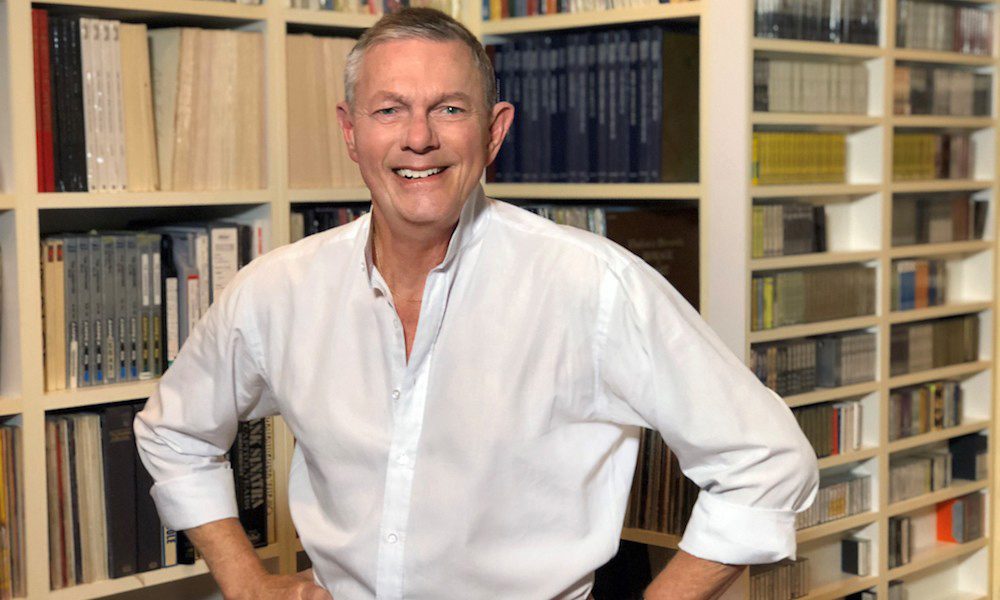
Richard Carpenter’s recollection of “(They Long to Be) Close to You” is more than just a behind-the-scenes account of arranging a hit song — it’s a tender window into a time when youth, trust, and pure musical instinct collided to create something timeless.
He remembers being handed nothing more than a plain lead sheet — melody, chords, and lyrics, bare as a skeleton. There was no introduction, no orchestration, no hints about how it should sound. The song’s writer, recognizing something special in Richard’s work, simply told him, “Do anything you want with this.” Even more telling, the writer had his own recording but insisted Richard not hear it until after making his arrangement. “I don’t want anything to influence you,” he said — a gesture that, to a musician barely out of his teens, felt like both a challenge and a gift.
When Richard finally heard that earlier version later on, it was a world apart from what would become The Carpenters’ signature. The original was a straight 8-beat tune — pleasant, but missing the gentle sway Richard heard in his mind. He imagined instead a slow shuffle with a subtle swing, something more intimate, more human. That swing would be the heartbeat of the arrangement, and it was Karen — ever the percussionist at heart — who brought it to life effortlessly. She didn’t just sing “Close to You” — she breathed it, giving the line a delicate phrasing, almost whispering an extra shade into the word “close,” turning a lyric into a caress.
It was one of those rare alignments — the arranger’s vision, the vocalist’s natural instinct, and the faith of a songwriter willing to hand over his creation without boundaries. In Richard’s mind, it was the moment where Karen’s voice met his orchestral imagination, and together they stepped into history. What began as ink on paper in the hands of a young musician became a record that would echo for decades, a song not just about love, but born from a kind of love — the love of music, trust, and shared artistry.
Even now, when Richard speaks of it, there’s a quiet reverence — as if he’s still that young man, sitting at the piano, hearing his sister’s voice wrap itself around a melody for the very first time, and realizing they had just found their sound.
